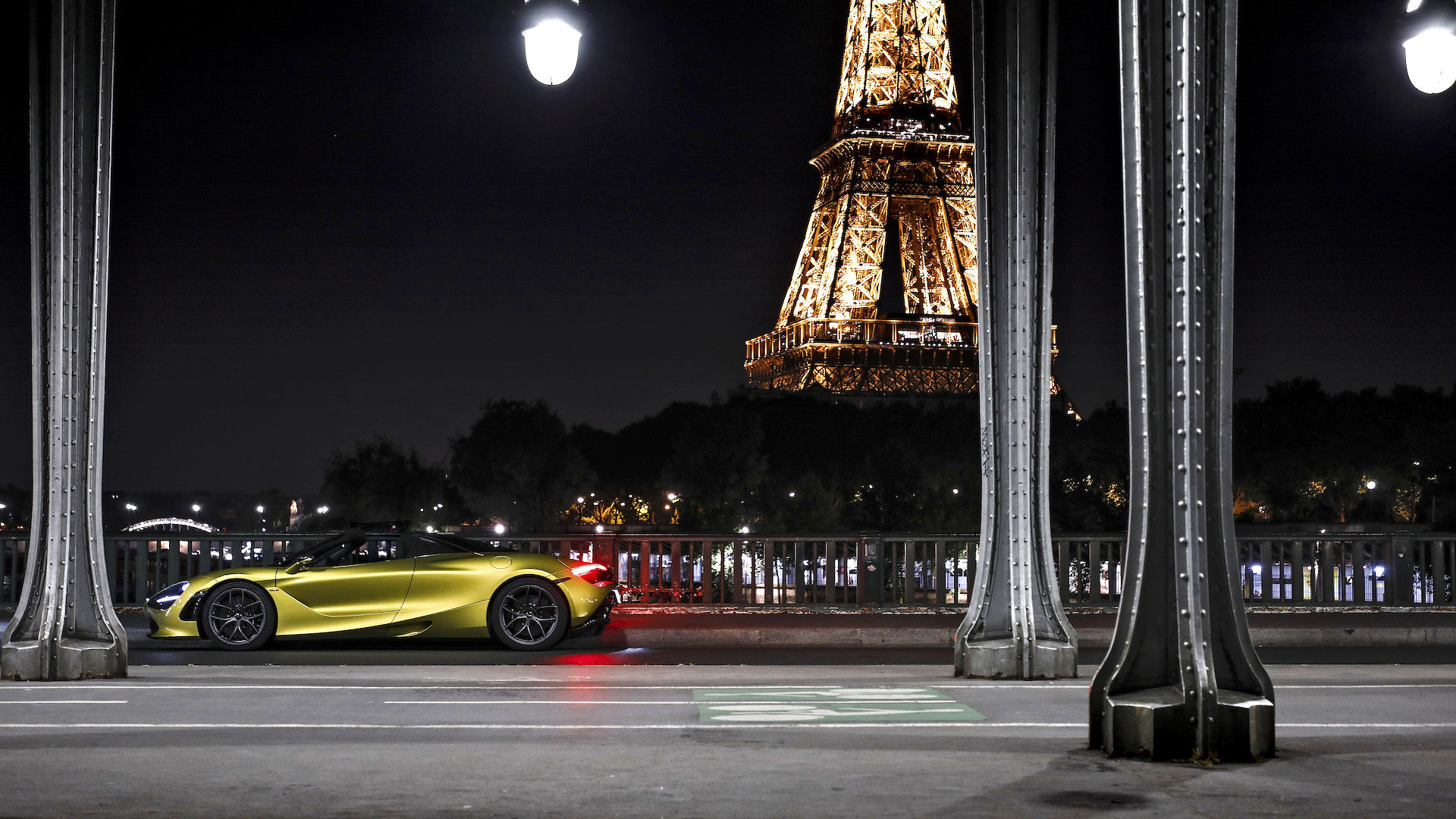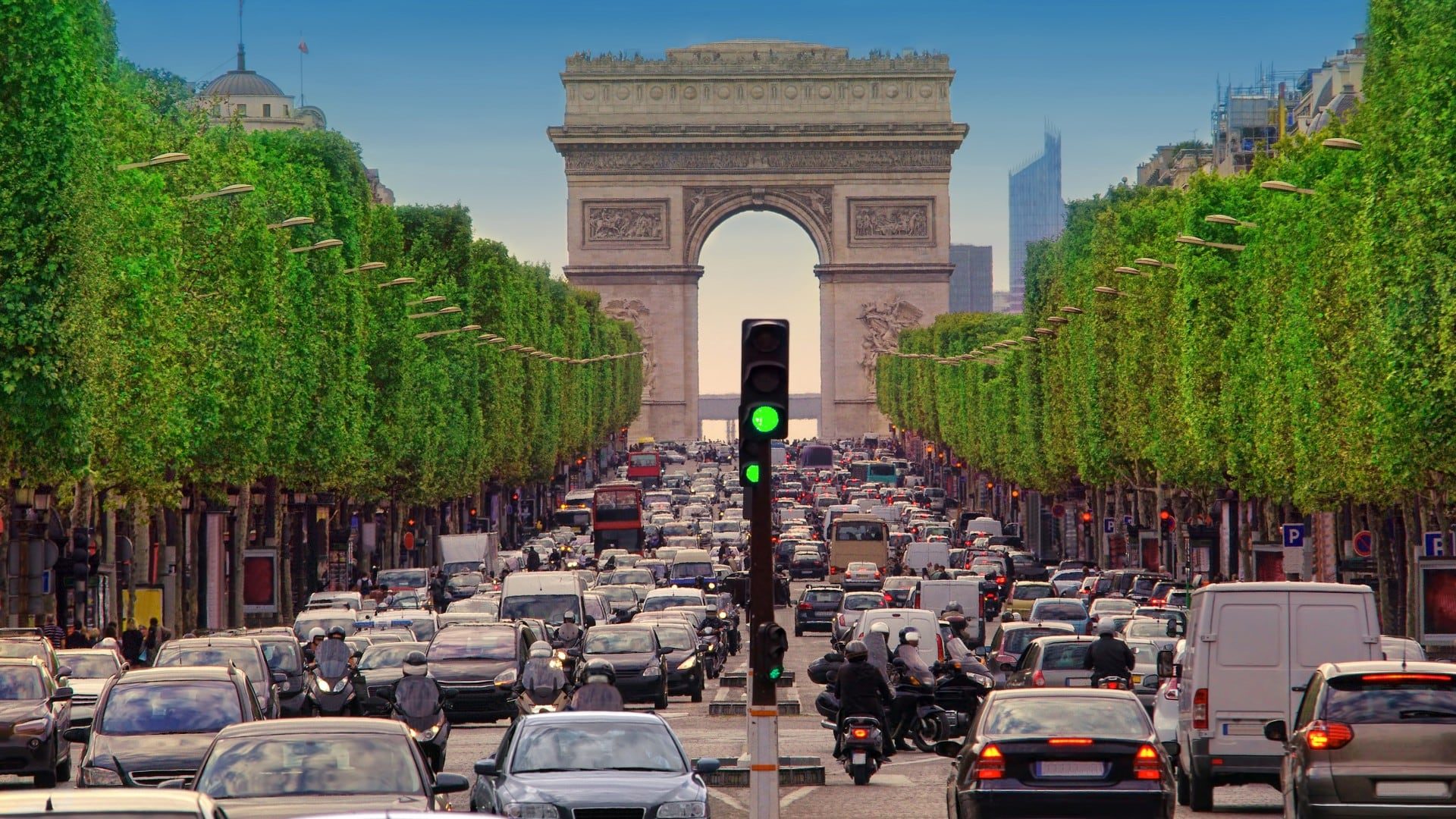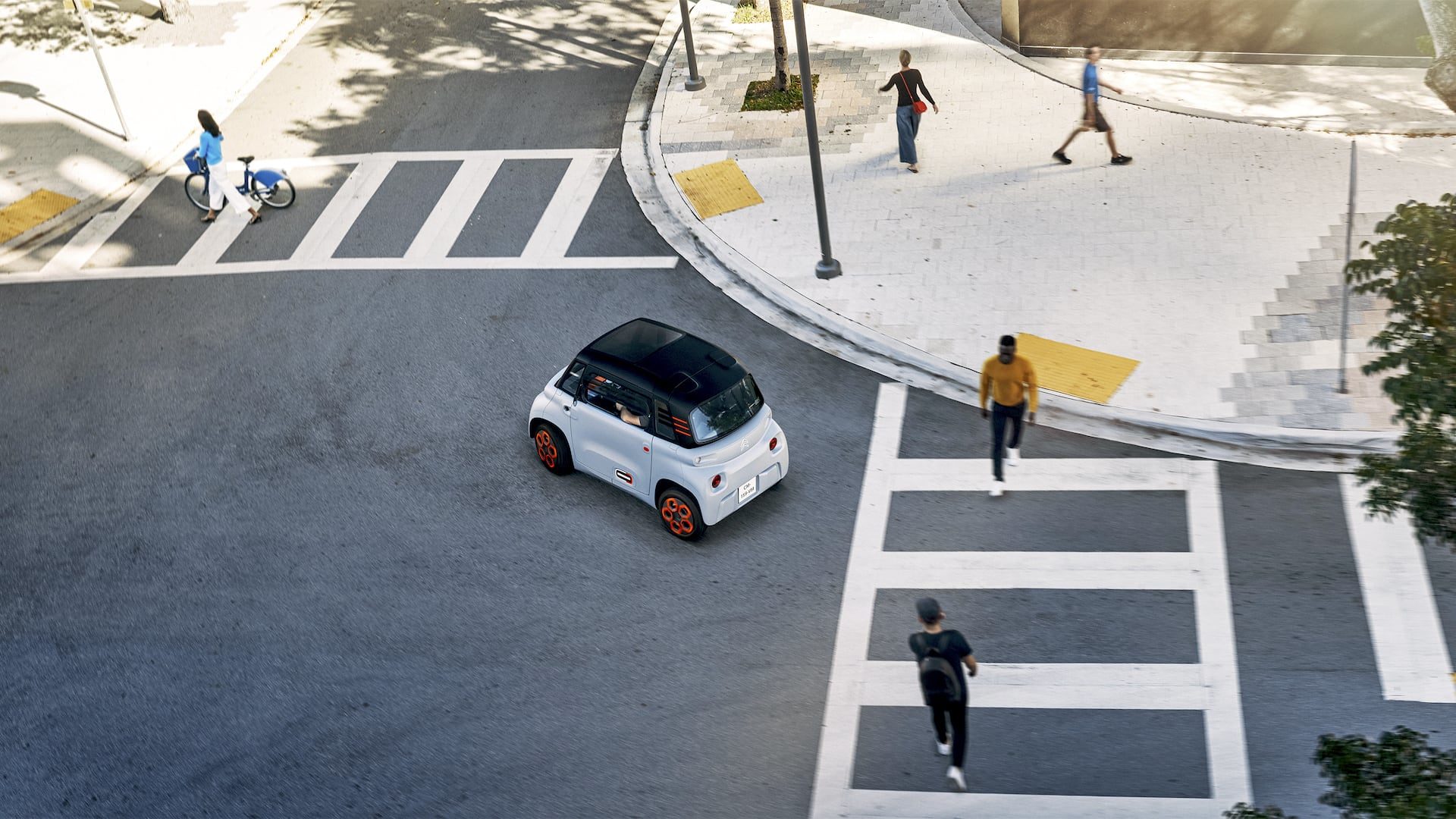
Paris residents have only a few weeks to prepare for the imposition of new lower speed limits.
Since 2016, Anne Hidalgo, the Socialist mayor of the French capital, has overseen 60 percent of the city’s roads limited to 30kph (19mph).
From the end of August, only the Boulevard Périphérique ring road, and key routes such as the Champs-Elysées, will escape the 30kph limit.
According to the Financial Times, angry Parisians believe that the new speed limits will only add to the challenges of driving around their congested city.
La révolution verte

The reasons for the reduction in speed limits from 50kph (31mph) to 30kph (19mph) are familiar ones.
Acting to mitigate climate change, reducing traffic noise, and improving safety for cyclists and pedestrians are the factors behind the changes.
Mayor Hidalgo has made no secret of wanting to eradicate the space dedicated to cars in the confines of Paris. Plans are already in place to cut public parking spaces from 140,000 down to 60,000. Scooters and mopeds will also soon be required to pay for parking, having enjoyed years of free rates.
Next year will see Paris take even stricter anti-car measures. Traffic in the four central arrondissements will be limited to pedestrians, cyclists, and public transport only.
Parisienne Walkways

BBC News highlighted earlier this year how Mayor Hidalgo aims to transform Paris into a “15-minute city”. Instead of a reliance on cars, the aim is to have everything within a 15 minute walk or cycle from home.
Earlier in 2021, Hidalgo approved a £225million scheme to halve the number of car lanes on the Champs-Elysées. Replacing cars will be pedestrianised areas, featuring an abundance of trees and gardens.
Despite the concerns of some Parisians, lower speed limits are unlikely to trouble many. As one of Europe’s most congested cities, average driving speeds rarely exceed 15kph (9mph).
ALSO READ
How to avoid becoming a victim of road rage